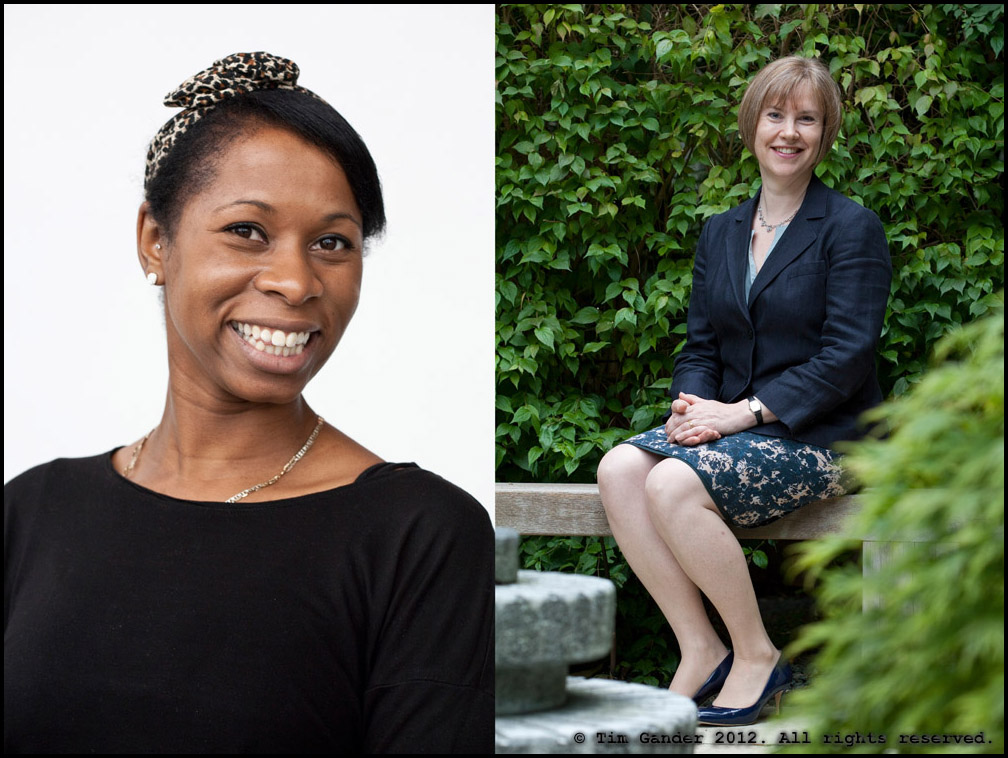Every now and then I review the way I shoot assignments. From the way I prepare for jobs, through shooting, to editing and delivery of the final images. The changes might be big or small, but they always have the goal of improving my client’s experience.
Sometimes the changes help me, and this also feeds through to the client experience. As an example, a couple of years ago I switched to using the Photoshelter system and away from sending CDs and DVDs of images to clients.
This was a big, scary change for me, but it paid off and clients find it incredibly useful to be able to view, choose and download the images they need directly from the service without having to get back to me to tell me their choices, then wait for me to do the post-production and send out the image disk. And if they ever lose the images, the can download them again.
That was a big change, and that was some time ago. More recent changes have included a move away from using zoom lenses to fixed lenses. The step up in quality is remarkable, and I’ve generally not missed the ability to zoom as I have legs which can take me closer to, or further away from my subject. I actually find it a quicker way of working because I’m not spending time zooming and recomposing my images like I used to do.
I haven’t dumped all my zooms. I keep a very wide zoom for when that’s really needed and a telephoto zoom because it’s useful for press events and it’s more telephoto than my longest fixed lens.
The strangest change of late is that I’ve started using a hand-held light meter more often. Yes, the thing that’s built into all cameras and tells you which aperture and shutter speed to set. You might think that with all the wizardry that’s built into a modern camera you could rely on the internal meter to set the right shutter speed/aperture combination, but I find the metering quite erratic, and there are many times when even the most sophisticated built-in metering system just seems flummoxed by the scene in front of me.
Instead, I find it easier to take a light reading using my Sekonic light meter, then I dial the settings into my camera. A slower way of working, perhaps, but it’s how I always work with studio flash anyway, so what’s the difference?
It might not be the most suitable way of working for faster-paced news events or where the light levels are constantly up and down, but for outside portraits and shots I’m setting up and have more control over it actually saves time and reduces the number of shots I have to take to get correct exposure.
I’m not sure what my next change will be. I’m probably already changing, and won’t even realise it’s a change until it’s complete.

